If someone had brought a photograph of an Airbus 380 to an aviation event in 1915, 13 years after the Wright Brother’s main flight, everyone would have agreed that it would be impossible for that contraption to lift off the ground.
“Where are the propellers?” “It has only one lower wing, impossible!” Might have been some of the comments.
At that point in its short history, the aviation industry and possibly all its early pioneers had a preconceived notion of what made a plane fly. It needed an internal combustion engine with a propeller, two large wings to provide sufficient lift to compensate for the weak powerplant, the pilot was sitting in the middle of the fuselage on an open cockpit, etc., etc.
In just a few years, after the conclusion of World War I, aircraft design witnessed a dramatic transformation that would result in the elimination of the open cockpit and the second wing. Internal combustion engines were improved exponentially, culminating in the famous and magnificent Rolls Royce Merlin. This liquid-cooled, V12, four stoke behemoth that powered the Supermarine Spitfire and the British version of the North American P51 Mustang during WWII.
Immediately after that second world conflict ended in 1945, aircraft manufacturers around the world turned irreversibly towards jet engines and the industry entered the present reality of pressurized cabins and high thrust, low weight gas turbine engines that are now being perfected to consume less fuel and produce more thrust at higher altitudes and higher speeds.
The similarities and parallels with the evolution of uncrewed aviation are not visible yet because it is too early to tell which direction the industry will take. There seems to be a fixation with electric-only powerplants that are falling painfully short of acceptable flying times and payload requirements for most applications. The battery industry has disappointed the multitude of startups around the world trying to design and manufacture a competitive platform to enter the market on time.
Hybrid powerplants that use only a fraction of the amount of fossil fuels are a valid alternative, but they involve dealing with two sources of power instead of one and the complications this entails.
The only element that seems to be a constant in all these developments is the use of large external propellers, some exposed and some protected by round covers to avoid accidents. In this respect the drone revolution is very similar to the biplane revolution of the early 1900’s. In the case of traditional aviation, they had the excuse that the jet engine had not been invented yet, but in the case of uncrewed aviation, what is the reason jet engines are not more generally considered for drones?
Perhaps it is the cost and the complexity of operations, but jet engines have proven to be extremely efficient, reliable and have a good weight/thrust ratio.
A company in Jupiter, Florida, Kratos Defense & Security Solutions, Inc. -Nasdaq: KTOS- has been developing small jet engines for the defense industry for over a decade. On June 3, Kratos announced a teaming agreement with GE Aerospace to expand their collaboration on affordable, high-performance jet engines for unmanned aerial systems (UAS) and Collaborative Combat Aircraft (CCA).
Kratos' efforts in developing small jet engines for UAVs could significantly impact commercial drone applications, particularly in areas requiring high-speed, long-range operations. Their collaboration with GE Aerospace has led to the development of the GEK800 and GEK1500 turbofan engines, designed for affordable, scalable propulsion.
Potential Commercial Applications:
- High-Payload Delivery Drones – These engines could enable faster and more efficient cargo transport, especially for long-range logistics.
- Surveillance & Inspection – UAVs powered by these engines could provide extended flight times for infrastructure monitoring, border security, and environmental surveys.
- Emergency Response – High-speed drones could be deployed for disaster relief, medical supply transport, and search-and-rescue missions.
- Autonomous Air Taxi Concepts – While primarily defense-focused, the GEK1500's reusability could inspire future urban air mobility solutions.
Kratos' Indiantown, Florida test facility has been conducting performance and durability testing, ensuring these engines meet cost-efficiency and reliability standards. Their modular, low-cost manufacturing approach could make these engines viable for commercial UAV markets in the near future.
It is true that these engines are being developed with the short-term goal of meeting military specifications and standards but how many times in history have we seen advances in military technology inevitably percolating into the commercial environment?
With the publication of the NPRM (notice of proposed rulemaking) of Part 108 in the next few months and a full implementation of the new regulation sometime in 2026, uncrewed aviation in the U.S. will experience a dramatic boost in demand for platforms that can carry heavier payloads over long distances. This unique point in time will be a great opportunity for gas turbines to demonstrate that jet engines can do for drones what they did for commercial flying the in the late 50’s and that was quite a leap forward in terms of affordability and reliability for the flying public.
We might be in the doorstep of a change of paradigm in terms of powerplants. Similar dramatic changes in fuselage and other components will follow and in 30 years, today’s drones will be as curious and obsolete as a single engine biplane of 1920.
History might repeat itself once again.

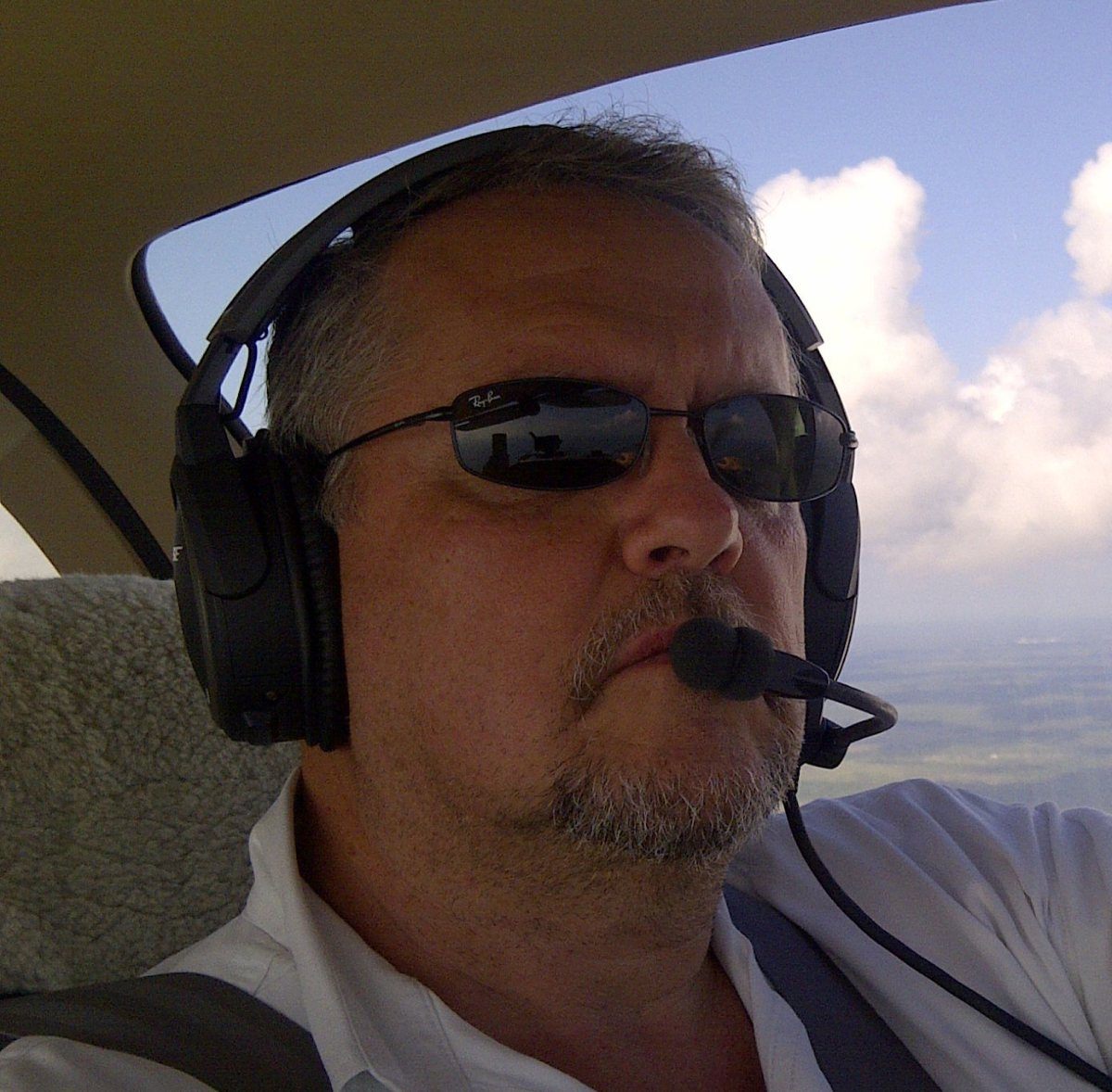
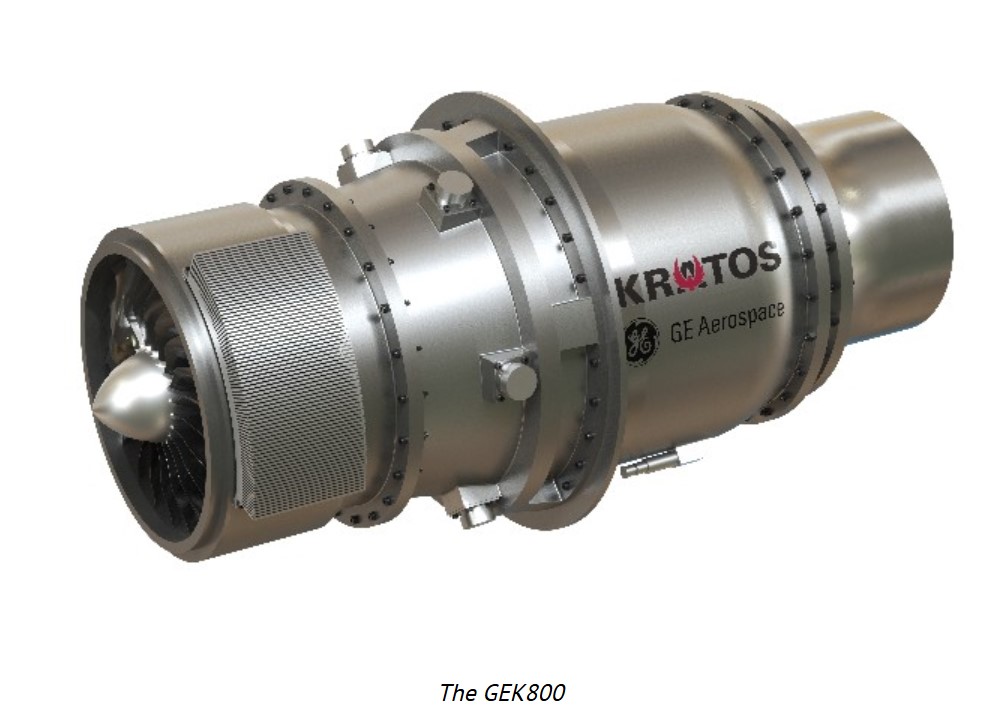

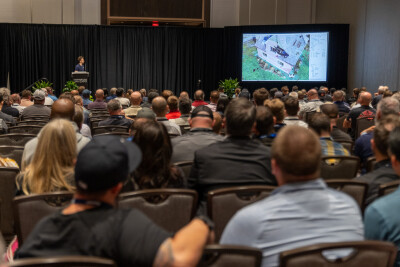
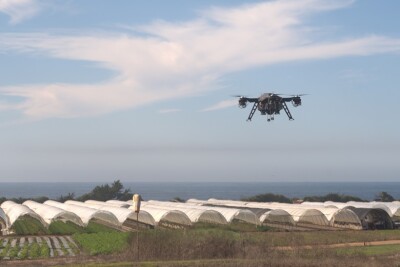







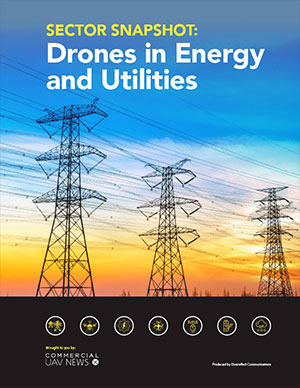

Comments